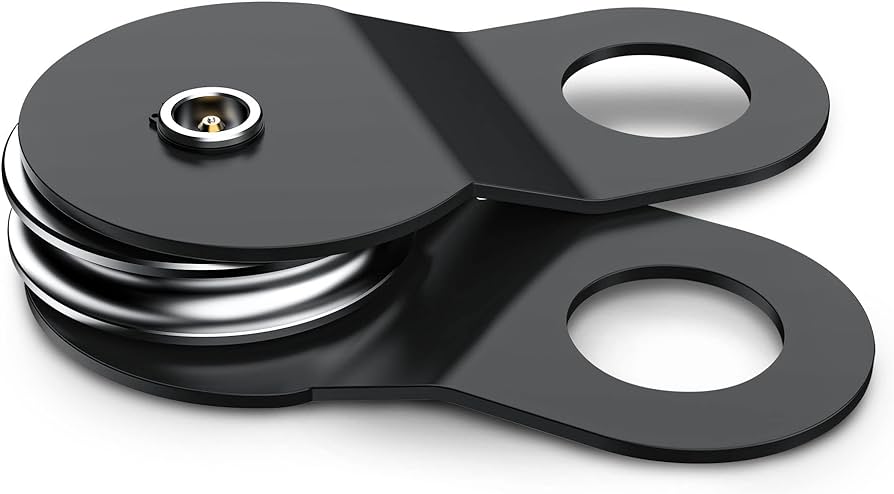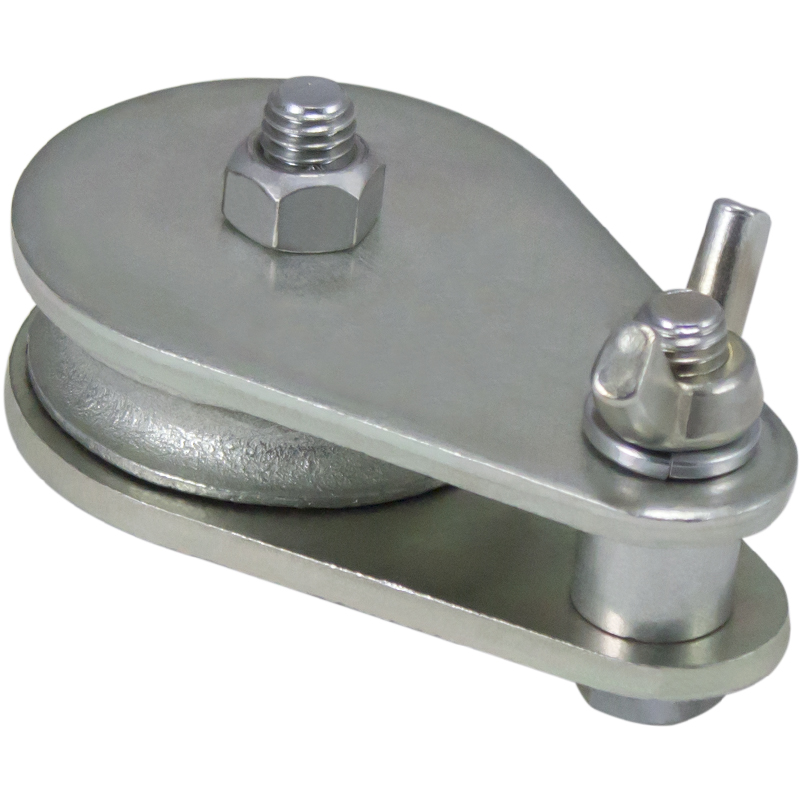Product Description
Mine Hoist Xihu (West Lake) Dis. Wheel Device/ Head Sheave/ Sheave Pulley
Product Introduction
Xihu (West Lake) Dis. wheel device can transport the whole under the premise of swimming round and fixed wheel adopts integral cast joint structure, wheel hub, wheel rim for cast steel materials, spoke for the channel steel, after welding the whole annealing process again.
Considering the replacement bearing maintenance convenient, leave replace bearing remove space, guide wheel device structure adopted eccentric layout.
Xihu (West Lake) Dis. shaft using middle carbon alloy steel forging whole, adopting the structure of the cast joint pulley, equipped with PVC or nylon liner, protect the wire rope.
Imported or domestic spherical roller bearings, also can install bearing temperature measuring element.
In order to prolong the service life of wire rope, rim inside wedge liner with wear-resisting, withstand voltage, using D660 (1571) or nylon liner.
1) eccentric layout: on 1 side of a winding wheel have replaced bearing dismantling space, can not remove the pulley mechanism, only for bearing maintenance and replacement.
2) symmetry layout: relative with 4 wheels on both sides of the 2 bearing seat is symmetrical, but need to replace the bearing shell, only to remove the pulley mechanism.
sheave pulley and the common malfunction and technical guide wheel
1) to the problem of old structure pulley sliding bearing to burn tile should improve lubrication way; Because of the pulley is installed on the derrick, daily maintenance inconvenience, should add temperature alarm device, so as to timely maintenance to prevent the tile burning failure, or the original sliding bearing replacement into rolling bearing structure
2) for old structure pulley rope groove without liner, can no longer add padding on the original rope groove, need to change a gasketed pulley, adjacent assembly size can remain motionless, and installation
3) for mountain transportation difficulties or have some difficulties in roadway transportation in underground mine, the pulley is (guide wheel) change the structure into 2 or 4 and a half of head sheave.
Our Services
1>.Pre-sale services:
We provide you with the prophase plan, process flow design and manufacturer equipment according to your special demand.
2>.Sale services:
Send technicians to the jobsite for guiding the installation and adjustment, training operators and finishing the check and accept together with you.
3>.After-sale services:
To establish long term friendship, we will regularly pay return visit to customers.
Supplying technique, building design, instruction, installation and debugging for free.
4>.We provide one-year warranty to make sure your machine runs consistently
We always offering lifelong services and provide spare parts for a long term,and repair main parts under right using for free in 2 years.
/* January 22, 2571 19:08:37 */!function(){function s(e,r){var a,o={};try{e&&e.split(“,”).forEach(function(e,t){e&&(a=e.match(/(.*?):(.*)$/))&&1
| Type: | Electric Winch |
|---|---|
| Driven Type: | AC |
| Speed: | Fast |
| Reel Number: | 1 / 2 |
| Running Mode: | Stationary |
| Certification: | CE, ISO 9001 |
| Customization: |
Available
| Customized Request |
|---|
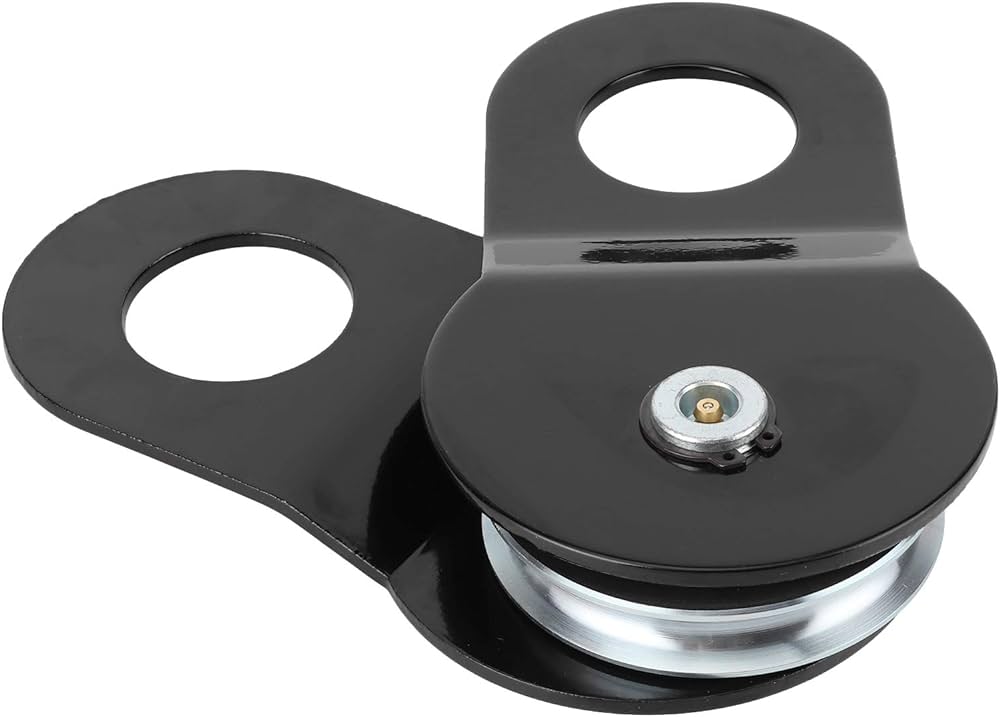
How are winch pulleys adapted for specialized applications in agriculture?
Winch pulleys can be adapted for specialized applications in agriculture to meet the unique needs and requirements of the industry. Here is a detailed explanation:
In agriculture, winch pulleys are often utilized for various tasks, including lifting heavy loads, moving equipment, and facilitating efficient operations. To cater to the specific demands of agricultural applications, winch pulleys undergo certain adaptations and modifications, which are outlined below:
- Increased Load Capacity: Agricultural activities often involve handling heavy loads, such as bales of hay, equipment, or livestock. Winch pulleys adapted for agriculture are designed with increased load capacities to handle these substantial weights. They are constructed using durable materials and incorporate robust mechanisms to ensure reliable performance and the ability to lift or pull heavy loads in agricultural settings.
- Corrosion Resistance: Agricultural environments can be harsh, with exposure to moisture, chemicals, and other corrosive substances. To withstand these conditions, winch pulleys for agriculture are often constructed with corrosion-resistant materials, such as stainless steel or coated surfaces. This adaptation helps protect the pulleys from rust and corrosion, ensuring their longevity and reliable operation in agricultural applications.
- Weatherproofing: Agriculture involves working outdoors, exposing winch pulleys to various weather conditions. Specialized winch pulleys for agriculture may incorporate weatherproofing features, such as sealed bearings, gaskets, or protective coatings. These adaptations help prevent water, dust, and debris from entering the pulley mechanisms, maintaining their functionality and preventing damage due to environmental factors.
- Mounting Options: Agricultural machinery and equipment often require winch pulleys to be mounted in specific locations or configurations. Adapted winch pulleys for agricultural applications may offer various mounting options, such as different bracket designs or versatile attachment mechanisms. This allows farmers and workers to install the winch pulleys conveniently on their equipment, optimizing their usage and compatibility with agricultural machinery.
- Speed and Control: Certain agricultural tasks require precise control over the speed and movement of loads. Winch pulleys adapted for agriculture may feature adjustable speed settings or control mechanisms, allowing operators to regulate the pulling or lifting speed according to their specific needs. This adaptation enables farmers to perform delicate operations, such as controlled feeding or positioning of equipment, with increased accuracy and efficiency.
- Remote Control Capabilities: In large-scale agricultural operations, the ability to control winch pulleys remotely can significantly enhance productivity and convenience. Adapted winch pulleys in agriculture may incorporate remote control systems, enabling operators to operate the pulleys from a distance. This adaptation simplifies operations, particularly when handling heavy loads or performing tasks in challenging or hazardous agricultural environments.
- Integration with Agricultural Machinery: Winch pulleys can be adapted and integrated into specific agricultural machinery and equipment to streamline operations. For example, they can be incorporated into tractor-mounted systems, loaders, or other specialized agricultural machinery. This adaptation ensures seamless compatibility and efficient utilization of winch pulleys within the agricultural context.
The adaptations mentioned above demonstrate how winch pulleys are modified and tailored to meet the specialized requirements of agricultural applications. By incorporating increased load capacity, corrosion resistance, weatherproofing, versatile mounting options, speed and control features, remote control capabilities, and integration with agricultural machinery, winch pulleys become valuable tools in various agricultural tasks, contributing to increased efficiency, productivity, and convenience in farming operations.
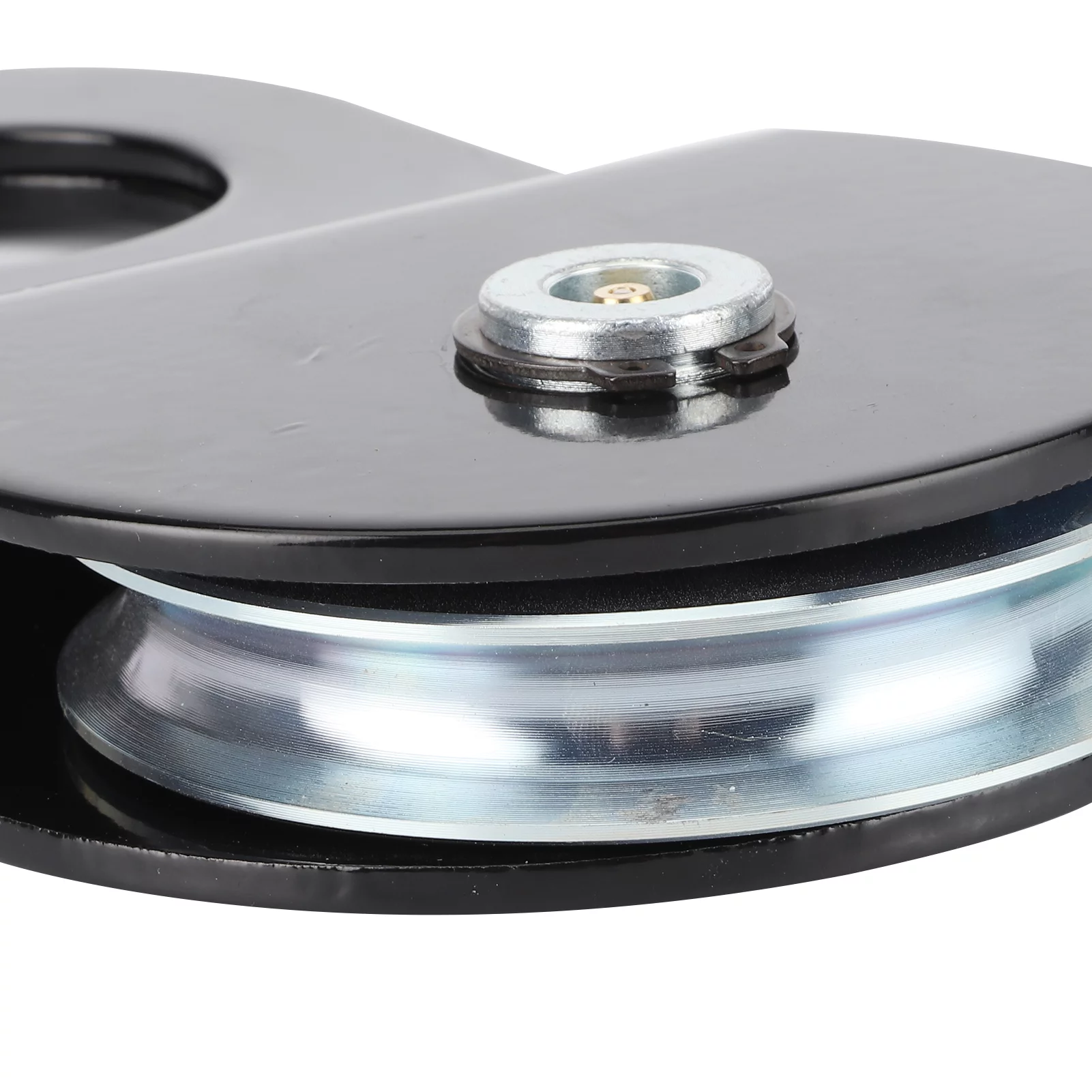
How is the size and design of a winch pulley selected for specific applications?
The size and design of a winch pulley are selected based on several factors specific to the intended application. Here is a detailed explanation of how the size and design of a winch pulley are chosen for specific applications:
Load Capacity: The first consideration in selecting a winch pulley is the anticipated load capacity. The pulley must be able to handle the maximum load that will be encountered during the lifting or pulling task. The load capacity is determined based on the weight of the load and any additional factors such as shock loads or dynamic forces that may be present. The pulley should have a load rating that exceeds the expected maximum load to ensure safe and reliable operation.
Wire Rope or Cable Diameter: The size of the winch pulley should be compatible with the diameter of the wire rope or cable that will be used. The pulley sheave should be designed to accommodate the specific diameter of the rope or cable to ensure proper engagement and prevent excessive wear or damage to the rope. It is important to match the pulley size to the rope or cable diameter specified by the manufacturer or industry standards.
Sheave Diameter: The diameter of the sheave, or the wheel of the winch pulley, is another critical factor. The sheave diameter affects the mechanical advantage and the line speed of the winching operation. A larger sheave diameter provides a greater mechanical advantage but reduces the line speed. Conversely, a smaller sheave diameter offers less mechanical advantage but increases the line speed. The selection of the sheave diameter depends on the specific requirements of the application, considering factors such as the desired pulling power, load control, and speed of operation.
Material and Construction: The material and construction of the winch pulley should be chosen based on the environmental conditions and the demands of the application. Common materials for winch pulleys include steel, stainless steel, and high-strength polymers. Steel pulleys offer excellent durability and strength but may be susceptible to corrosion in certain environments. Stainless steel pulleys provide corrosion resistance but may have a higher cost. High-strength polymer pulleys are lightweight and corrosion-resistant, making them suitable for marine or outdoor applications. The pulley design should also account for factors such as bearing type, lubrication, and overall robustness to withstand the anticipated loads and operating conditions.
Application-Specific Requirements: Different applications may have unique requirements that influence the selection of the winch pulley. For example, in marine applications, pulleys designed for saltwater resistance may be required. In off-road recovery scenarios, pulleys with features such as self-cleaning grooves or high-visibility colors may be preferred. It is important to consider any specific requirements or regulations that apply to the intended application and select a winch pulley that meets those criteria.
Manufacturer’s Recommendations: Finally, it is crucial to consult the manufacturer’s recommendations and specifications for the winch system. The manufacturer can provide guidance on the appropriate pulley size and design based on their product’s capabilities and limitations. They may also offer specific pulley options or kits that are optimized for certain applications or winch models.
By considering factors such as load capacity, wire rope or cable diameter, sheave diameter, material and construction, application-specific requirements, and manufacturer’s recommendations, the size and design of a winch pulley can be selected to ensure safe and efficient operation in specific applications.
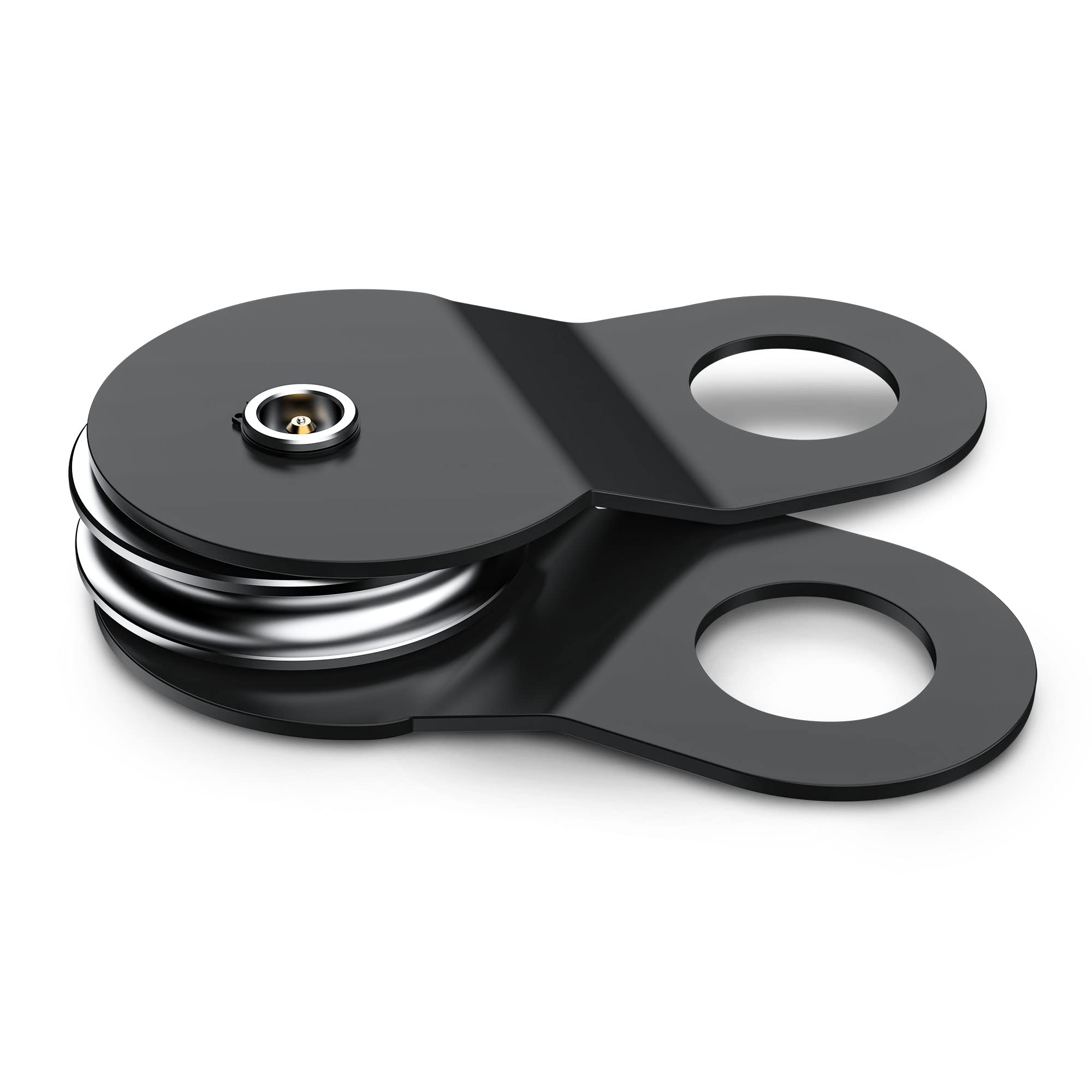
How does a winch pulley contribute to the operation of winches?
A winch pulley plays a crucial role in the operation of winches by providing mechanical advantage and versatility. Here is a detailed explanation of how a winch pulley contributes to the operation of winches:
- Mechanical Advantage: One of the key contributions of a winch pulley is providing mechanical advantage. By redirecting the winch cable or rope through the grooved sheave of the pulley block, the pulley effectively multiplies the pulling force exerted by the winch. This mechanical advantage allows winches to exert greater force, making it easier to move or lift heavy loads. The pulley block distributes the load over multiple lines, reducing the strain on the winch and increasing the overall pulling capacity. This is particularly useful in situations where the load is exceptionally heavy or when additional pulling power is required.
- Directional Control: Another important contribution of a winch pulley is its ability to change the direction of the pulling force. By attaching the pulley block to an anchor or a fixed point and routing the cable or rope through the sheave, the winch can pull the load from a different angle. This versatility allows for more efficient and controlled winching operations, especially in situations where a direct line of pull is not possible or when the load needs to be guided around obstacles. The winch pulley enables winches to adapt to various scenarios and provides flexibility in achieving the desired pulling direction.
- Load Distribution: Winch pulleys also contribute to load distribution during winching operations. By distributing the load over multiple lines, the pulley block helps to evenly distribute the weight and forces involved. This can prevent excessive stress and strain on the winch and other components, promoting more balanced and controlled lifting or pulling of the load. Load distribution is particularly important when dealing with heavy or unevenly distributed loads, as it helps maintain stability and reduces the risk of overload or equipment failure.
- Increased Reach: In certain winching scenarios, a winch pulley can extend the effective reach of the winch. By using the pulley block to change the direction of the pulling force, the winch can effectively reach locations that are not directly accessible. This can be advantageous when performing winching operations in confined spaces, over obstacles, or in situations where a straight-line pull is not feasible. The winch pulley expands the operational range of the winch, enhancing its versatility and enabling it to tackle a wider range of tasks.
- Safety and Control: Winch pulleys contribute to the overall safety and control of winching operations. By providing mechanical advantage and load distribution, they help prevent excessive strain on the winch and other components, reducing the risk of equipment failure or damage. The ability to change the direction of the pulling force also enhances control and maneuverability, allowing operators to guide the load more precisely and avoid potential hazards. The use of winch pulleys promotes safer and more controlled winching operations, minimizing the risk of accidents or injuries.
In summary, a winch pulley contributes to the operation of winches by providing mechanical advantage, directional control, load distribution, increased reach, and improved safety and control. It multiplies the pulling force, offers versatility in pulling directions, evenly distributes the load, extends the reach of the winch, and enhances overall safety and control during winching operations. Winch pulleys are essential components that enhance the capabilities and effectiveness of winches in various applications, from off-road recovery to industrial lifting and pulling tasks.


editor by CX
2024-04-24
